Hong Kong’s new opera house is a white cube of woven aluminium

In modern times, classical Chinese opera (or xiqu) performances have invariably languished in embarrassingly dated theatre buildings or even makeshift stages on the edge of playing fields or car parks. Kudos, then, to the West Kowloon Cultural District Authority for its determination that this ancient art form might finally have, in Hong Kong anyway, a suitably millennial home for both aficionados and neophytes.
The Authority’s brief to Revery Architecture and Ronald Lu & Partners for the Xiqu Centre was deceptively bland: to provide a world-class facility for the preservation and development of Chinese, more specifically Cantonese, opera, and to encourage its reinvention and nurture new artists and audiences.
The fact that there are very few modern examples of such a venue anywhere in the world, meant that the architects were unfettered in their approach and interpretation of the brief.
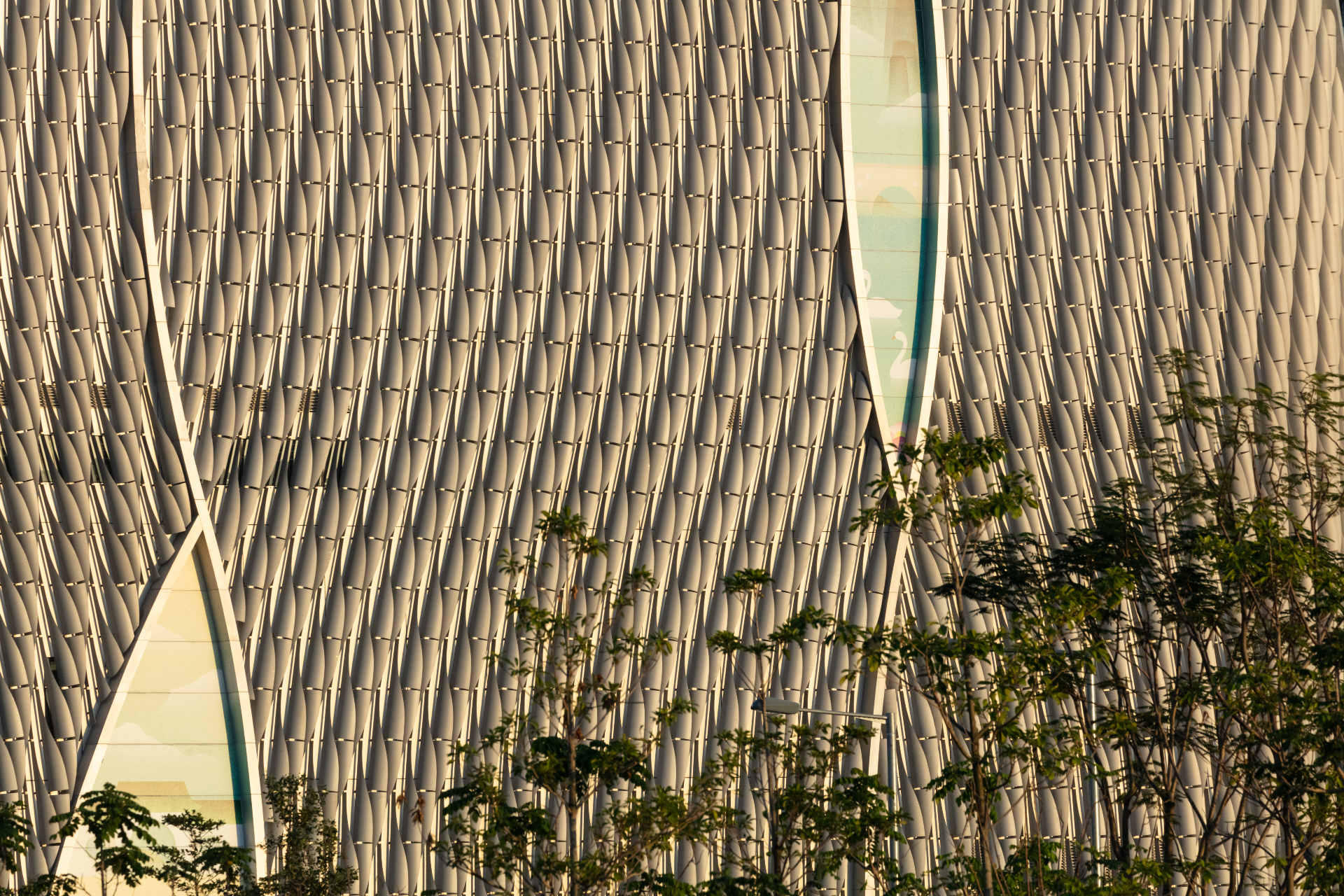
The opera’s façade is made of woven scaled fins cut from aluminium pipes.
The result is a gleaming 30,000 sq m, seven-storey white cube whose façade of woven scaled fins cut from aluminium pipes are pulled back like stage curtains along the building’s cardinal points. Inside, production, education and research facilities, alongside a lofty, naturally ventilated inner courtyard and an intimate 200-seat theatre spool upwards on curvilinear paths that are meant to represent qi, or energy, flow, reaching ultimately, two outdoor sky gardens and a thousand-seat theatre at the top floor. The latter’s positioning, the architects say, is a deliberate gesture that isolates it from the vibration and ambient noise of the surrounding urban infrastructure.
For project architect Venelin Kokalov, the $343m theatre responds to various urban conditions, not least the limited-site footprint, Hong Kong’s verticality, and the mixed programmes. ‘Our focus was to encourage public engagement that we viewed as essential to the building’s success. We realised early on that lifting the theatre to the top of the building would create a much needed semi-enclosed urban room, creating a gateway not only to xiqu, but also to the West Kowloon district as a whole. This space, which was not part of the original programme, became an opportunity for the public to be exposed, in an informal setting, to xiqu through free concerts.’
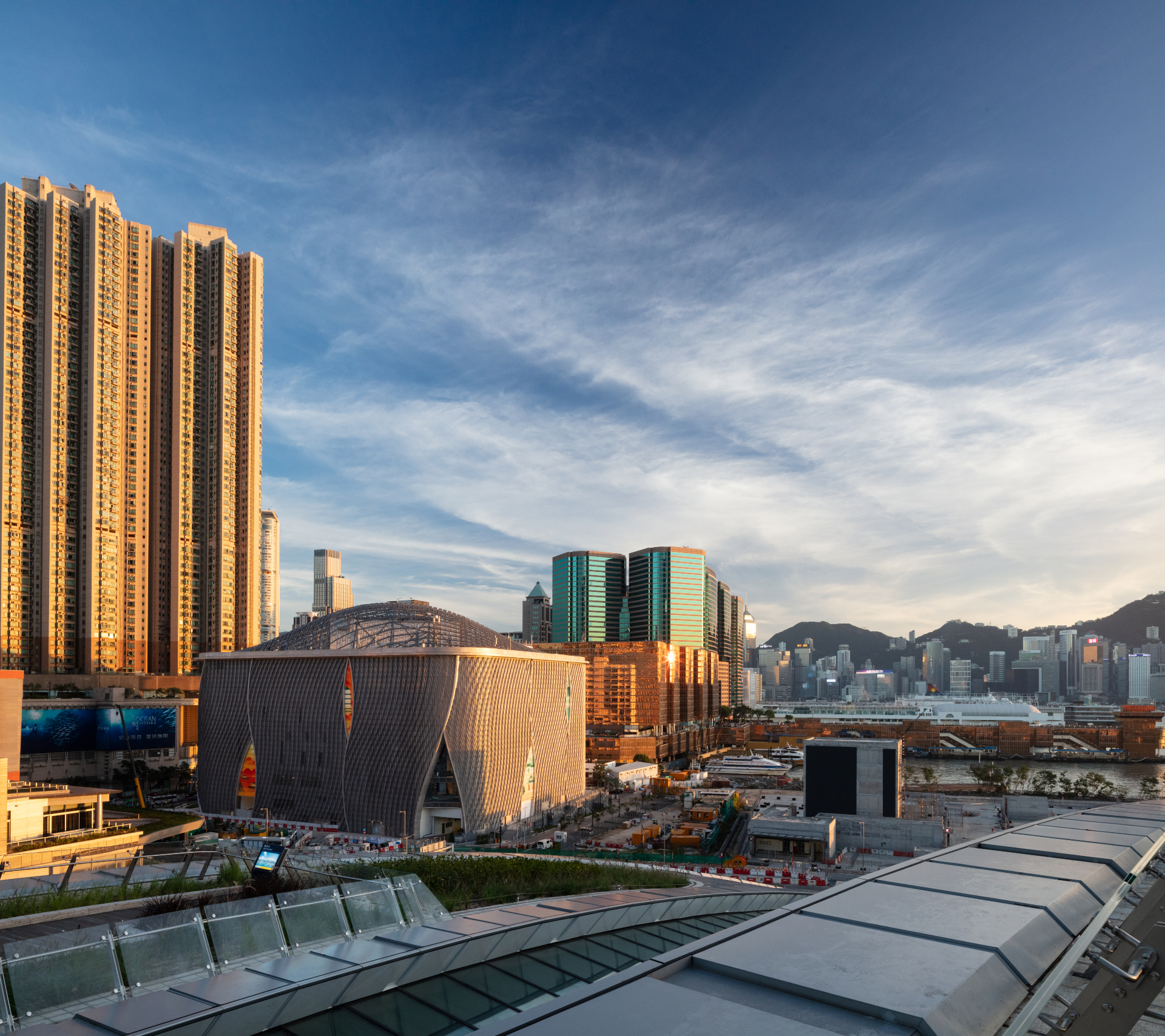
The project was designed by Revery Architecture and Ronald Lu & Partners.
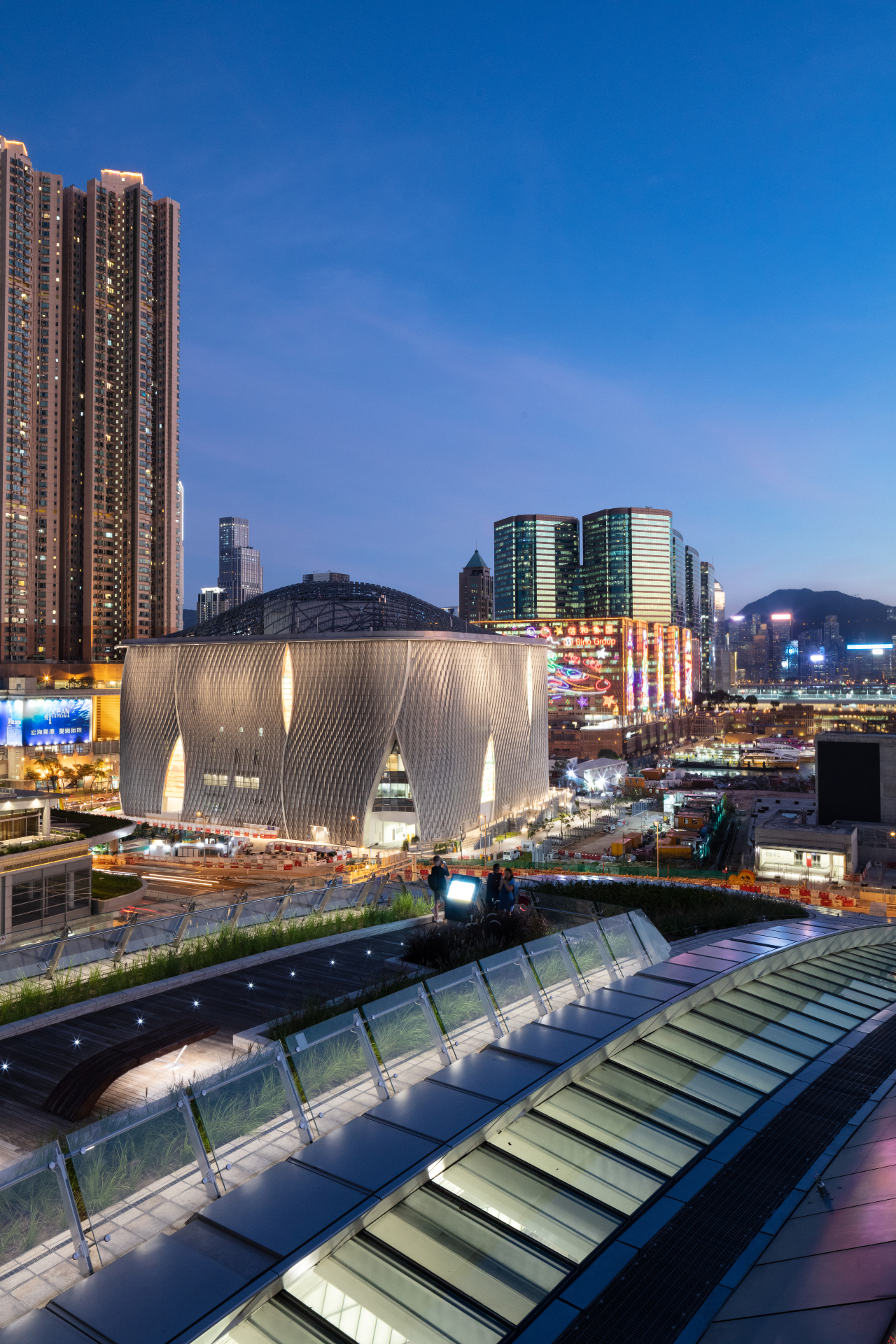
The opera's white cube spans seven storeys high.
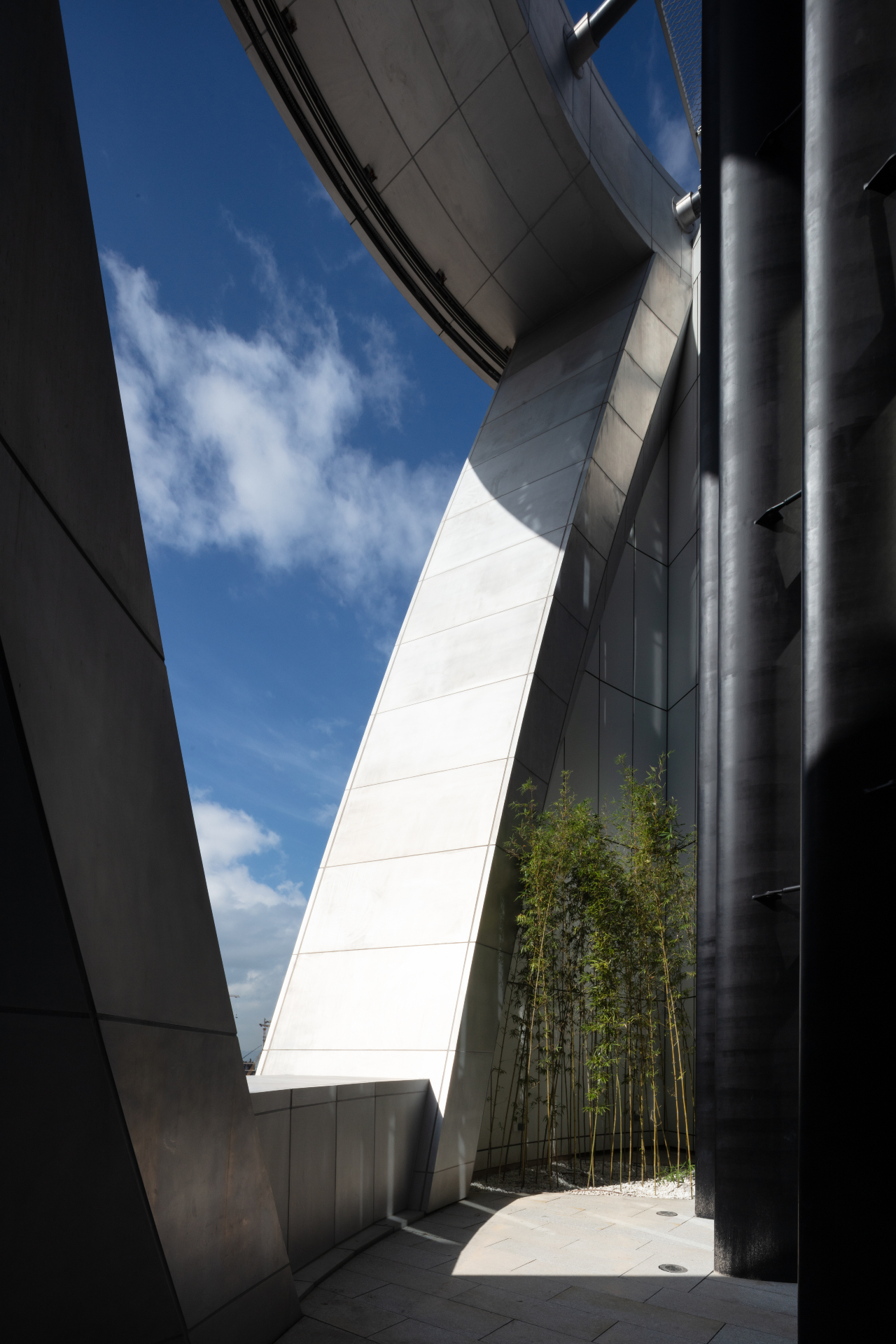
The project comprises two outdoor sky gardens.
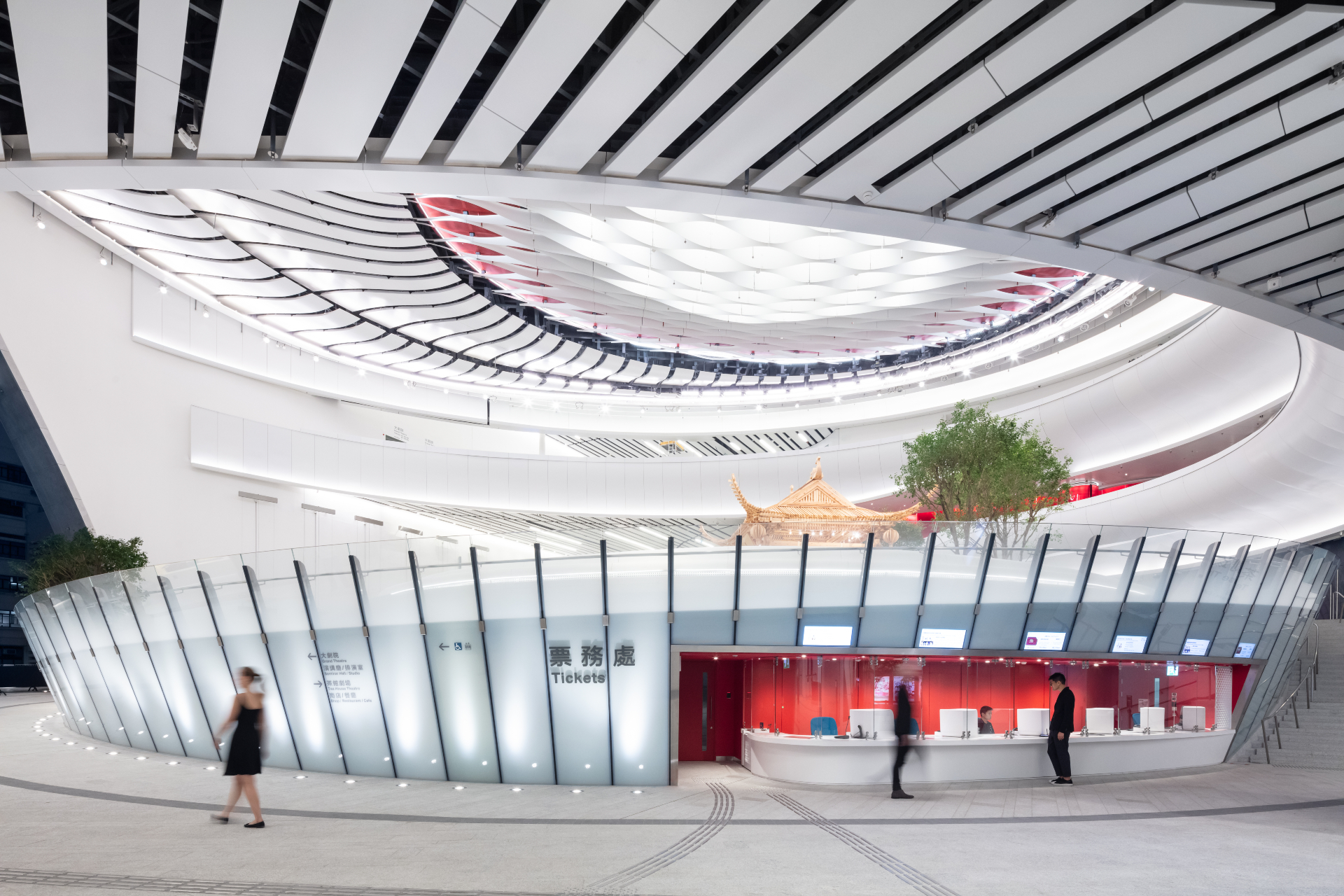
Inside, there are production, education and research facilities.
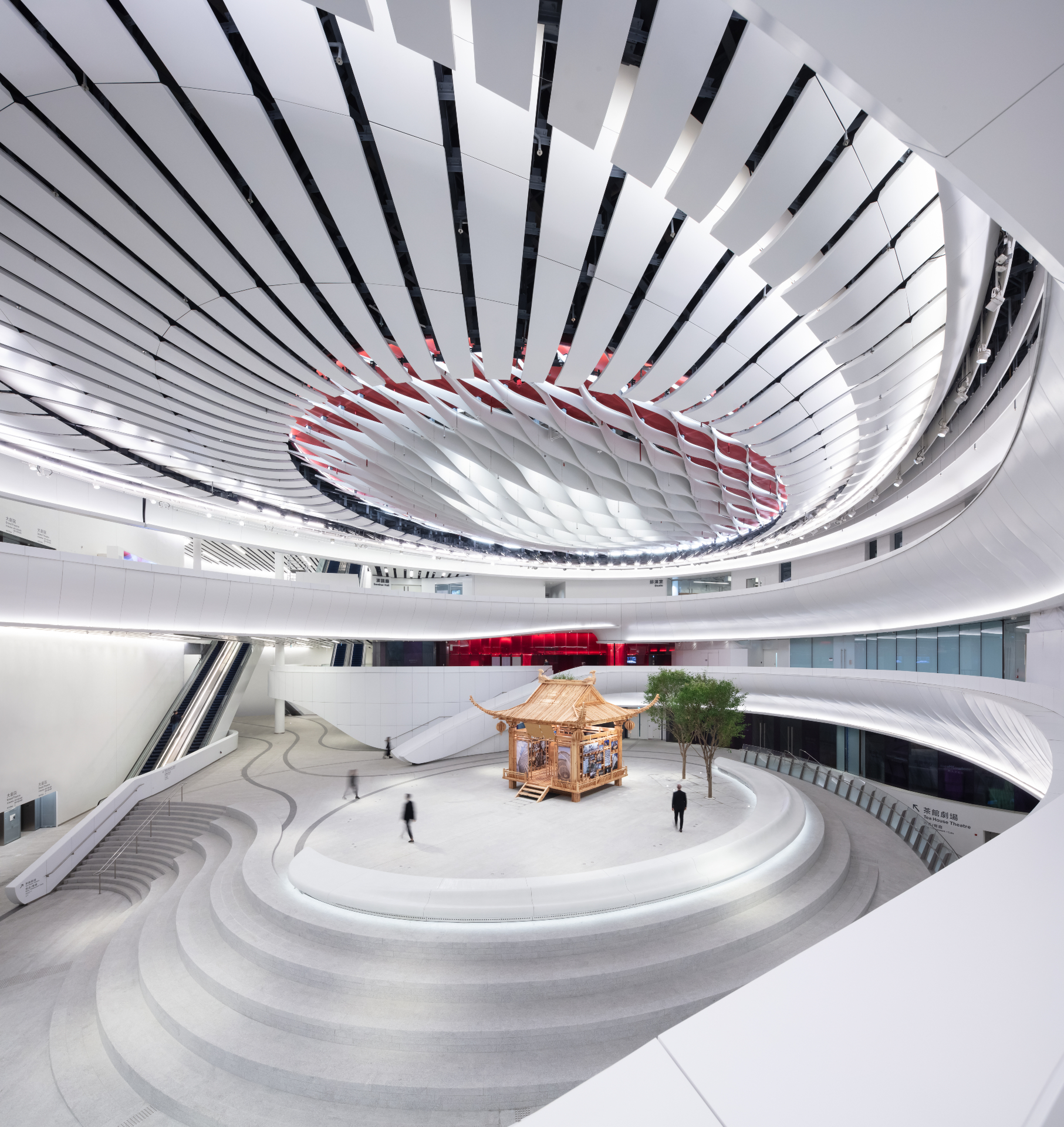
...alongside a lofty, naturally ventilated inner courtyard
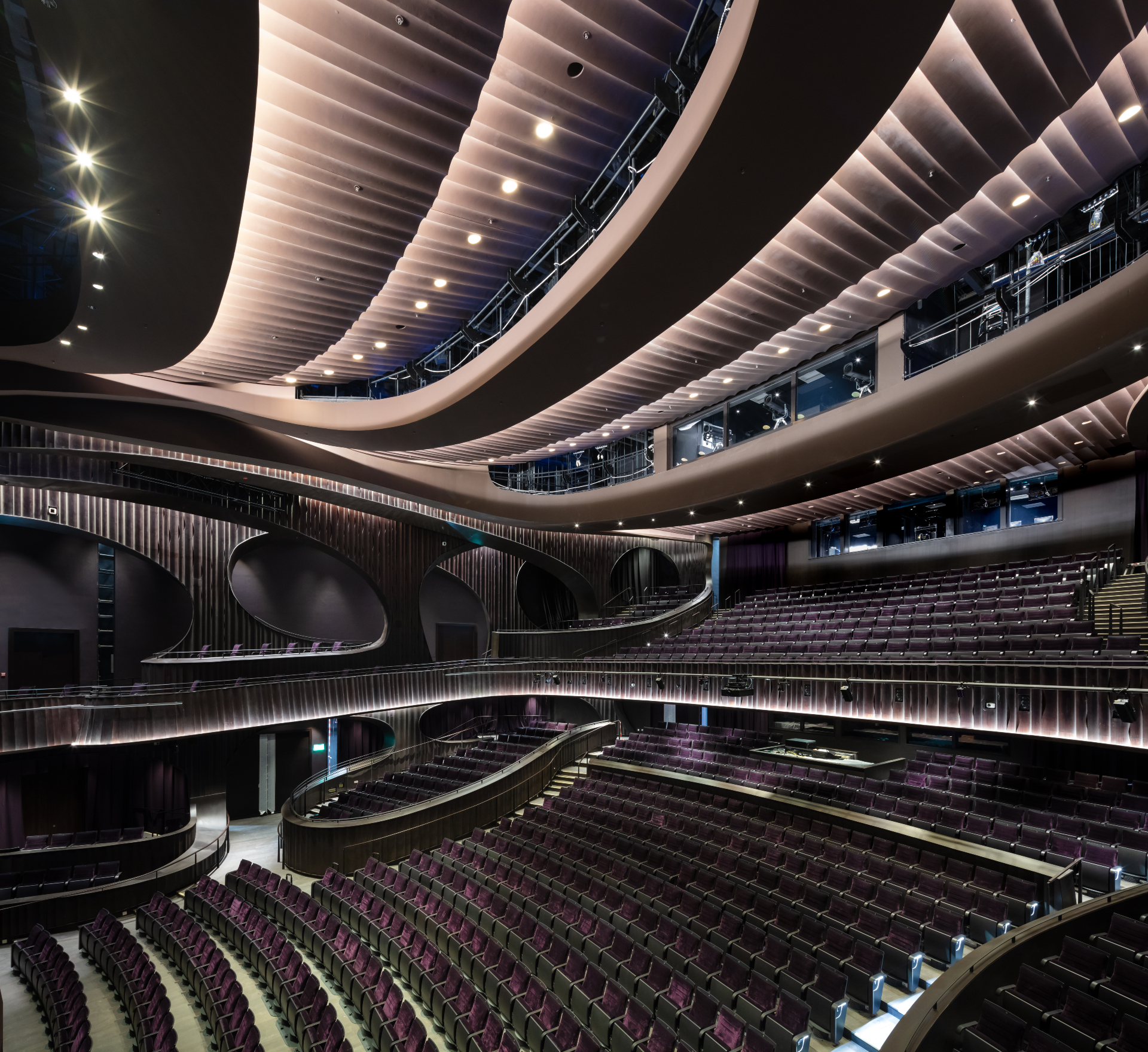
At the heart of the scheme is a 1,100-seat theatre, suspended at the top floor.
INFORMATION
For more information, visit the Revery Architecture website and the Ronald Lu & Partners website
ADDRESS
XiQu Centre
88 Austin Road West
West Kowloon
Tsim Sha Tsui
Hong Kong
Receive our daily digest of inspiration, escapism and design stories from around the world direct to your inbox.
Daven Wu is the Singapore Editor at Wallpaper*. A former corporate lawyer, he has been covering Singapore and the neighbouring South-East Asian region since 1999, writing extensively about architecture, design, and travel for both the magazine and website. He is also the City Editor for the Phaidon Wallpaper* City Guide to Singapore.
-
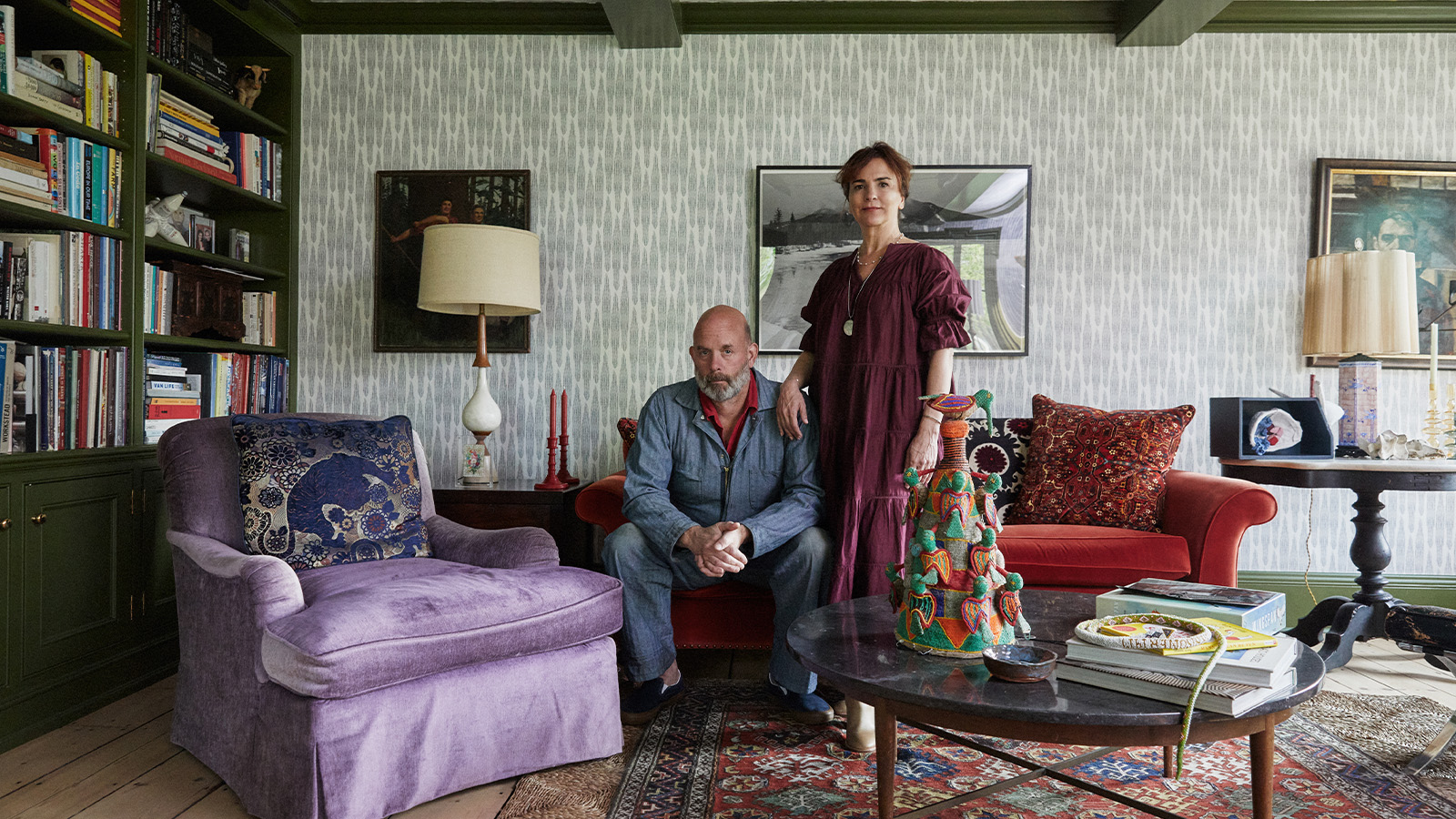 How We Host: Interior designer Heide Hendricks shows us how to throw the ultimate farmhouse fête
How We Host: Interior designer Heide Hendricks shows us how to throw the ultimate farmhouse fêteThe designer, one half of the American design firm Hendricks Churchill, delves into the art of entertaining – from pasta to playlists
-
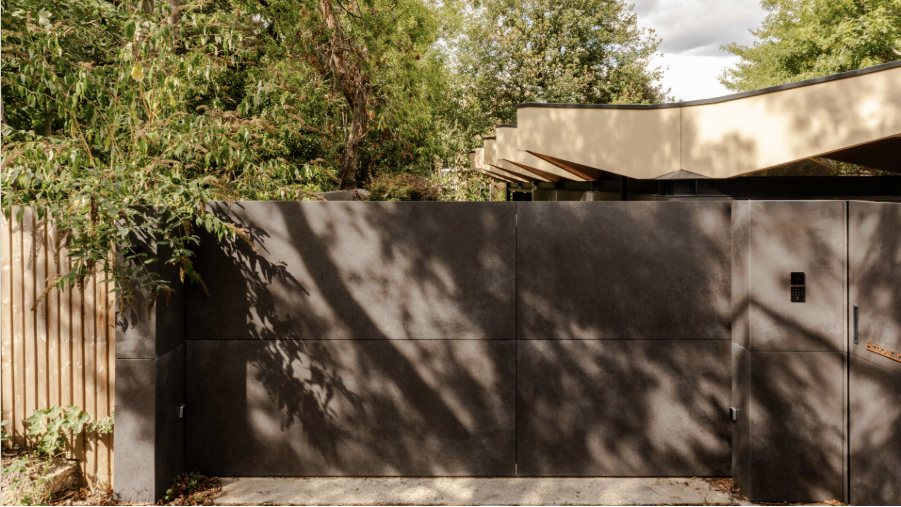 Arbour House is a north London home that lies low but punches high
Arbour House is a north London home that lies low but punches highArbour House by Andrei Saltykov is a low-lying Crouch End home with a striking roof structure that sets it apart
-
 25 of the best beauty launches of 2025, from transformative skincare to offbeat scents
25 of the best beauty launches of 2025, from transformative skincare to offbeat scentsWallpaper* beauty editor Mary Cleary selects her beauty highlights of the year, spanning skincare, fragrance, hair and body care, make-up and wellness
-
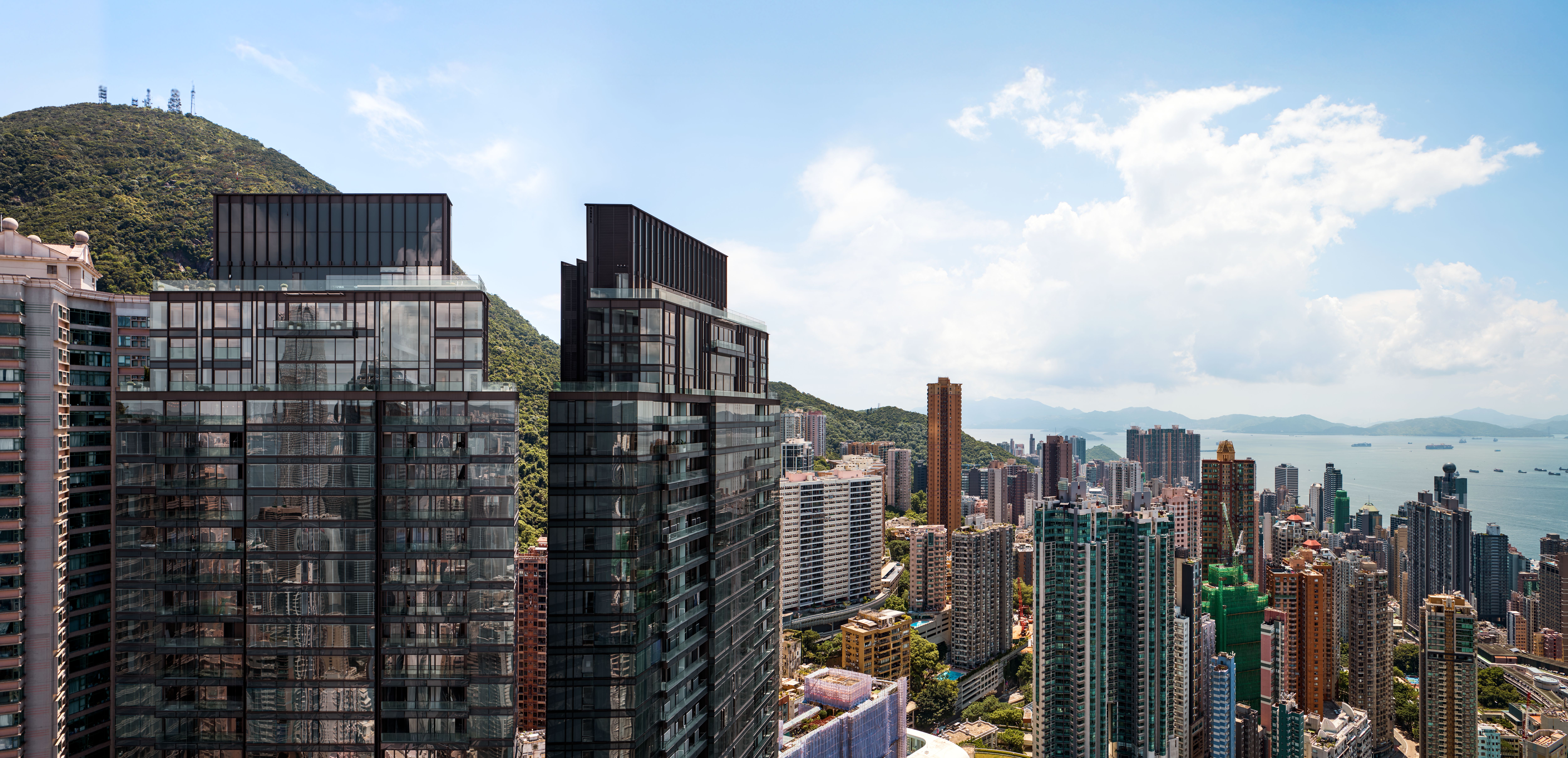 Discover The Legacy, Hong Kong’s eye-catching new condo
Discover The Legacy, Hong Kong’s eye-catching new condoThe Legacy, by ACPV Architects Antonio Citterio Patricia Viel, is a striking new condo tower that aims to ‘create a sense of community and solidarity among people’
-
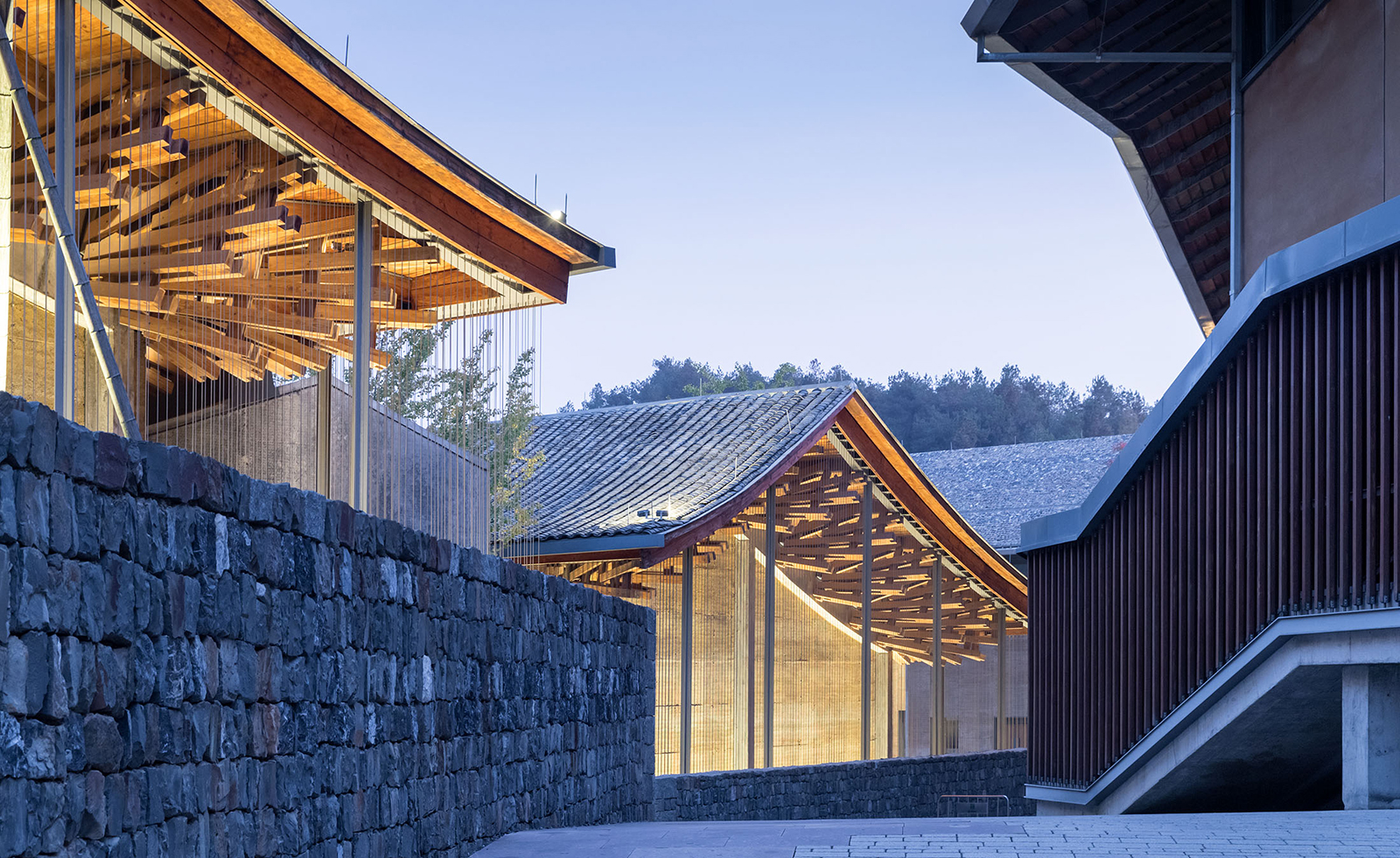 Wang Shu and Lu Wenyu to curate the 2027 Venice Architecture Biennale
Wang Shu and Lu Wenyu to curate the 2027 Venice Architecture BiennaleChinese architects Wang Shu and Lu Wenyu have been revealed as the curators of the 2027 Venice Architecture Biennale
-
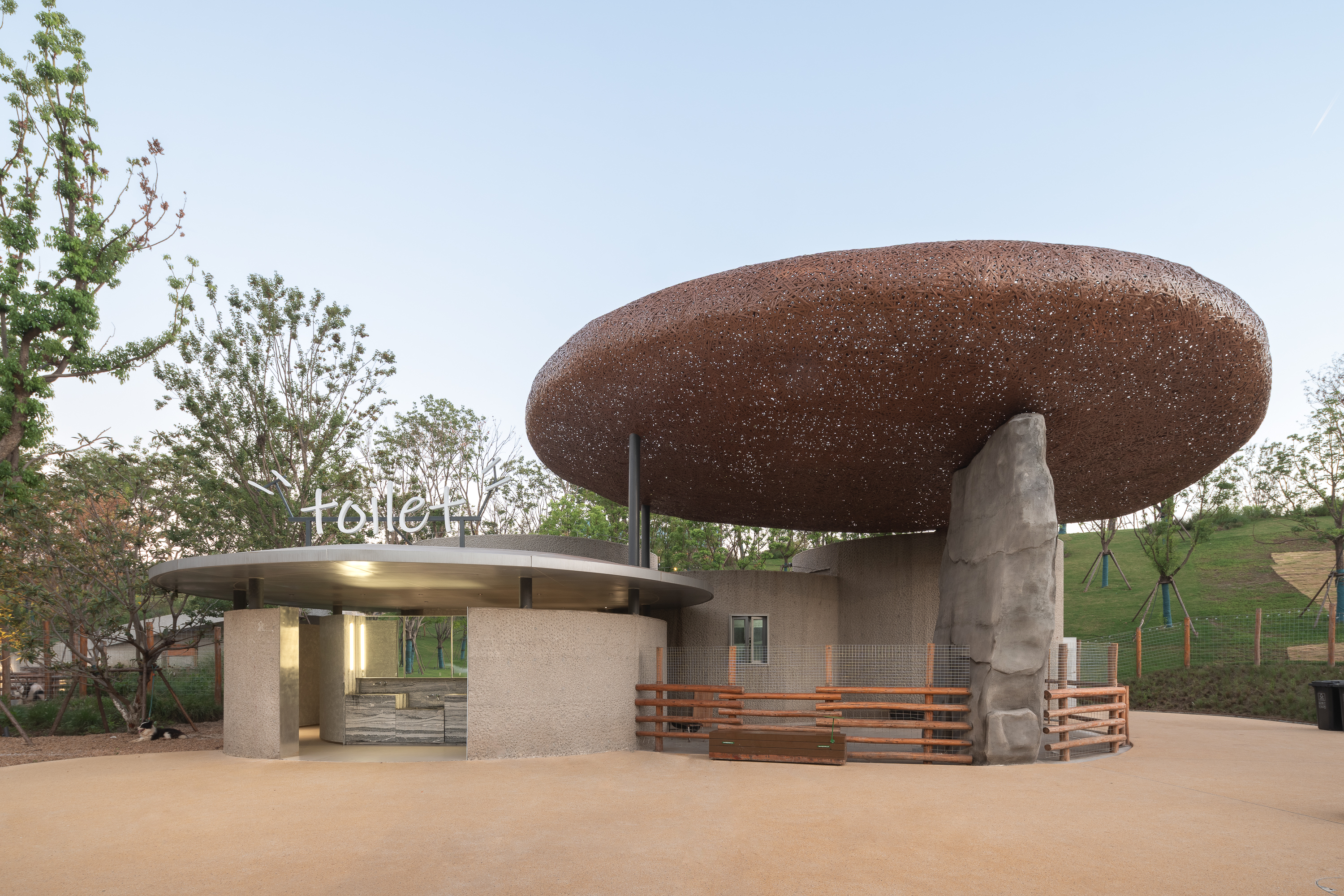 Tour this Chinese eco-farm, an imaginative wonderland connecting visitors with nature
Tour this Chinese eco-farm, an imaginative wonderland connecting visitors with natureLuxeIsland Farm by Various Associates is an eco-farm and visitor attraction in China’s picturesque Wuhan region; take a stroll across its fantastical landscape
-
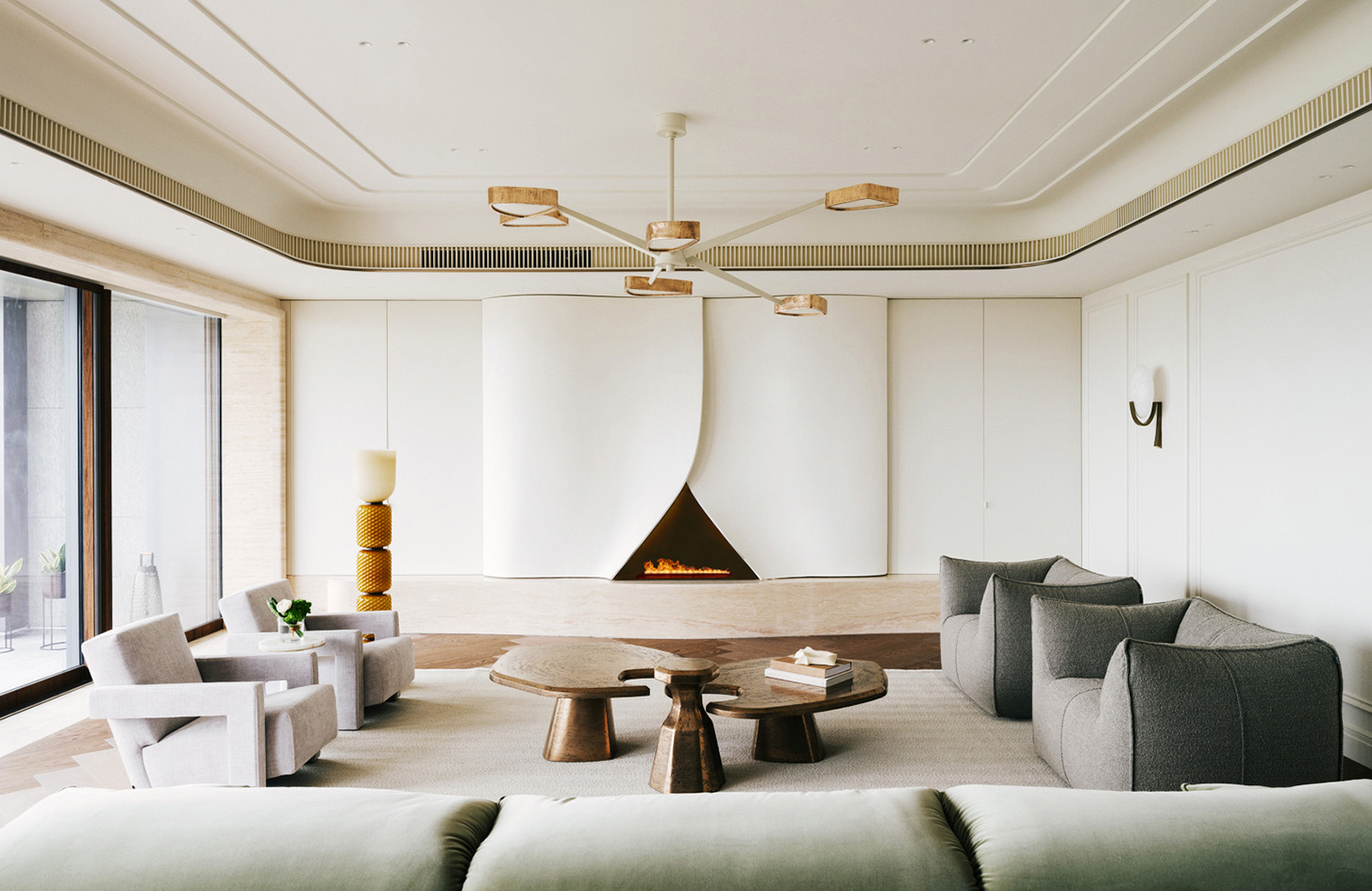 Tour Mountain Residence’s refined ‘interior landscape’ in Hong Kong
Tour Mountain Residence’s refined ‘interior landscape’ in Hong KongMountain Residence is a serene, multigenerational family home, nestled on Kowloon’s Mount Beacon in Hong Kong and designed by Nelson Chow
-
 Honouring visionary landscape architect Kongjian Yu (1963-2025)
Honouring visionary landscape architect Kongjian Yu (1963-2025)Kongjian Yu, the renowned landscape architect and founder of Turenscape, has died; we honour the multi-award-winning creative’s life and work
-
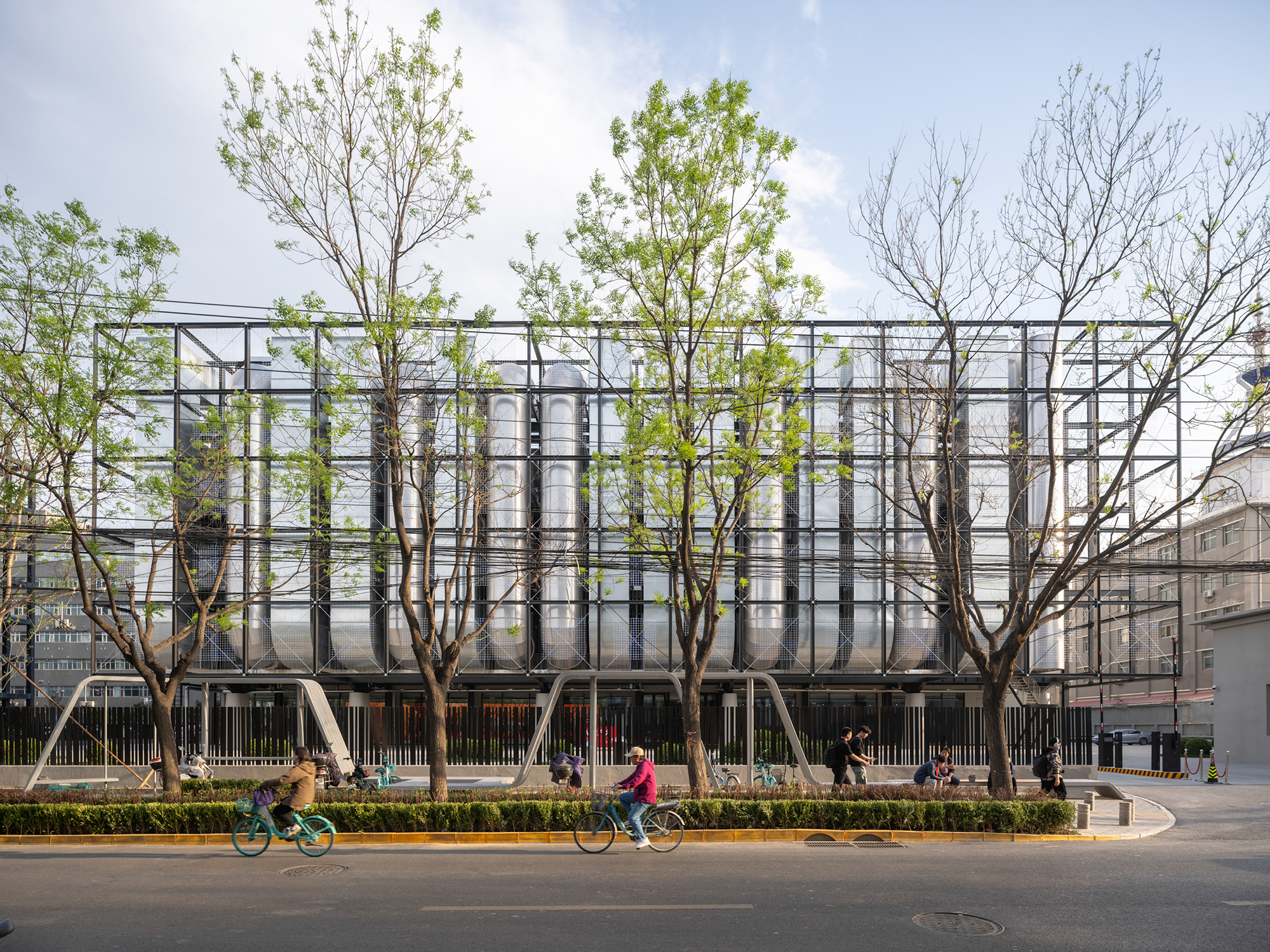 A new AI data centre in Beijing is designed to evolve and adapt, just like the technology within
A new AI data centre in Beijing is designed to evolve and adapt, just like the technology withinSpecialised data centre Spark 761, designed by llLab, is conceived as a physical space where humans and AI technology can coexist
-
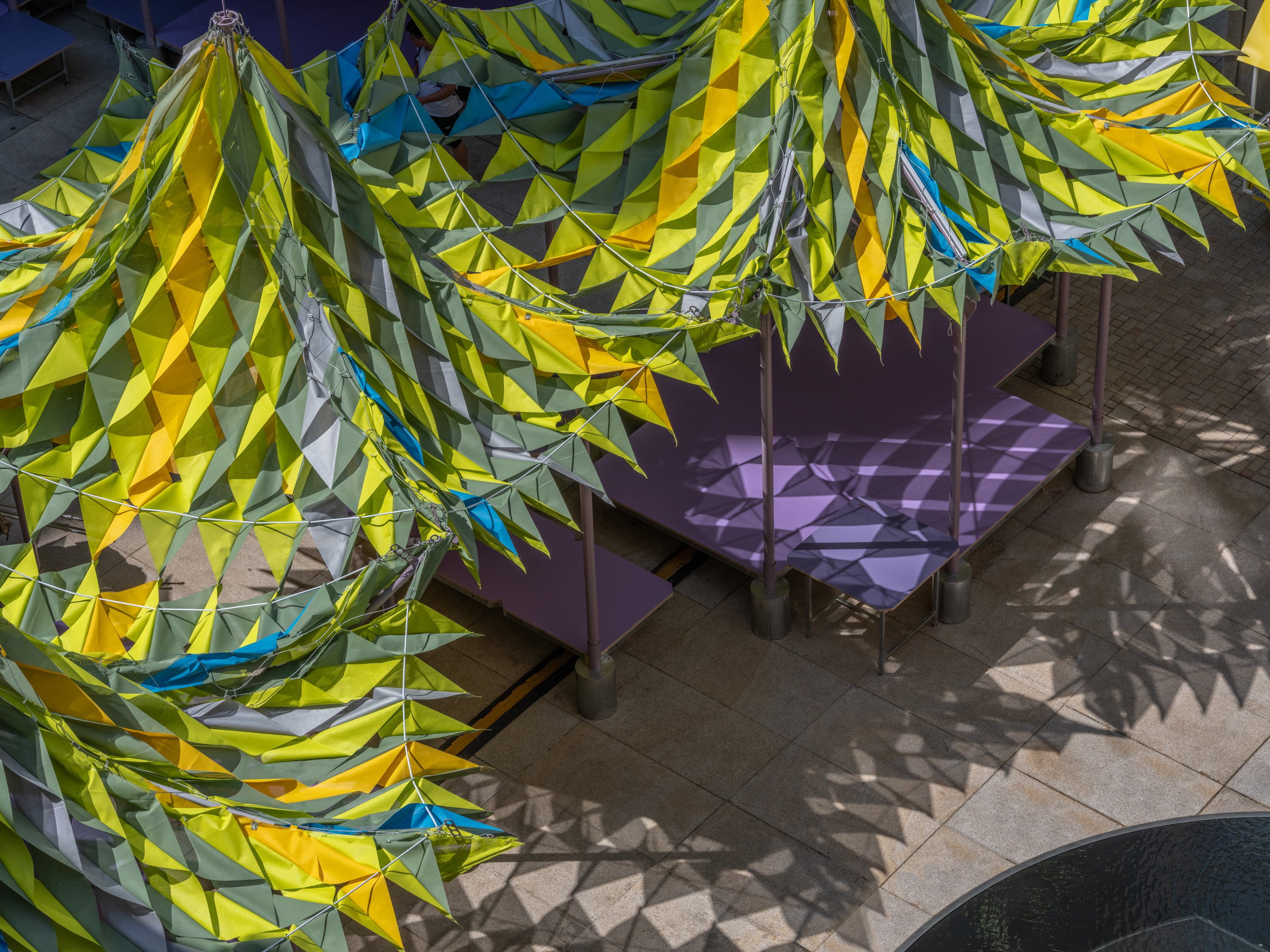 Shanghai’s biennial, RAMa 2025, takes architectural exploration outside
Shanghai’s biennial, RAMa 2025, takes architectural exploration outsideRAMa 2025, the architecture biennial at Rockbund Art Museum in Shanghai, launches, taking visitors on a journey through a historic city neighbourhood – and what it needs
-
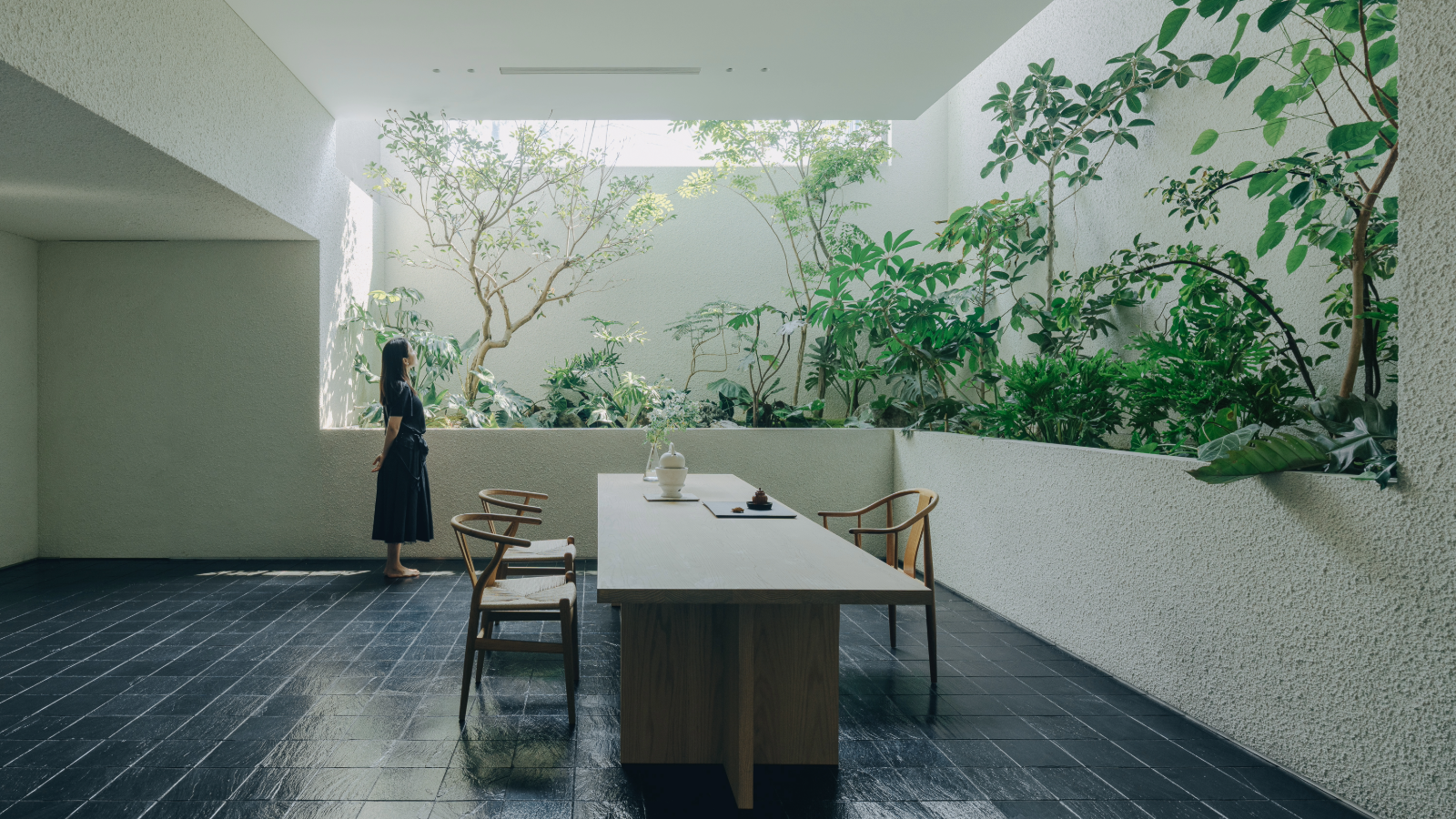 Atelier About Architecture’s ‘house within a house, and garden within a garden’
Atelier About Architecture’s ‘house within a house, and garden within a garden’House J in Beijing, by Atelier About Architecture, is an intricate remodelling complete with a hidden indoor garden and surprising sight lines